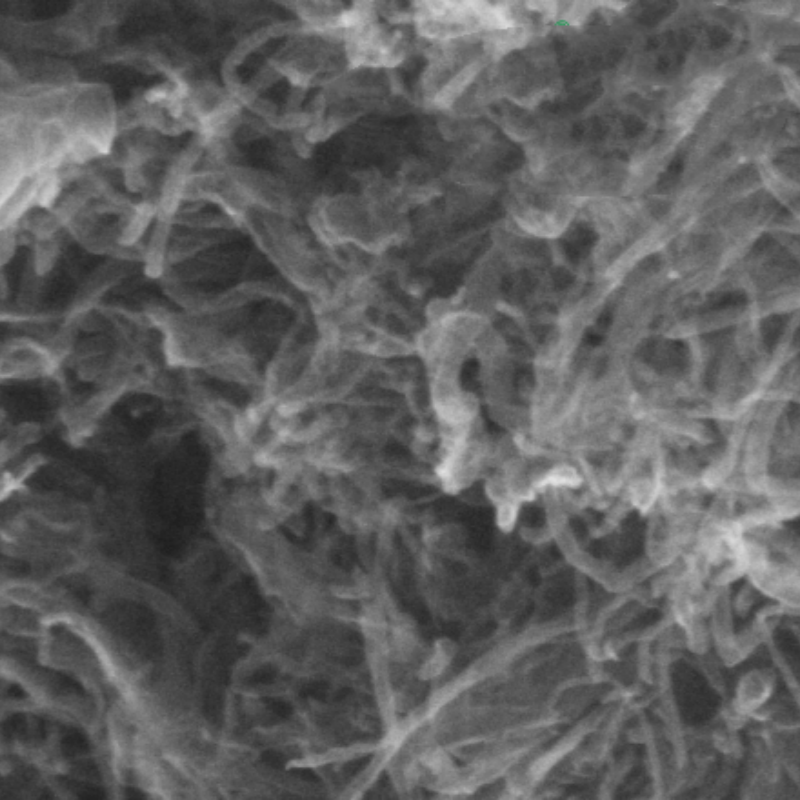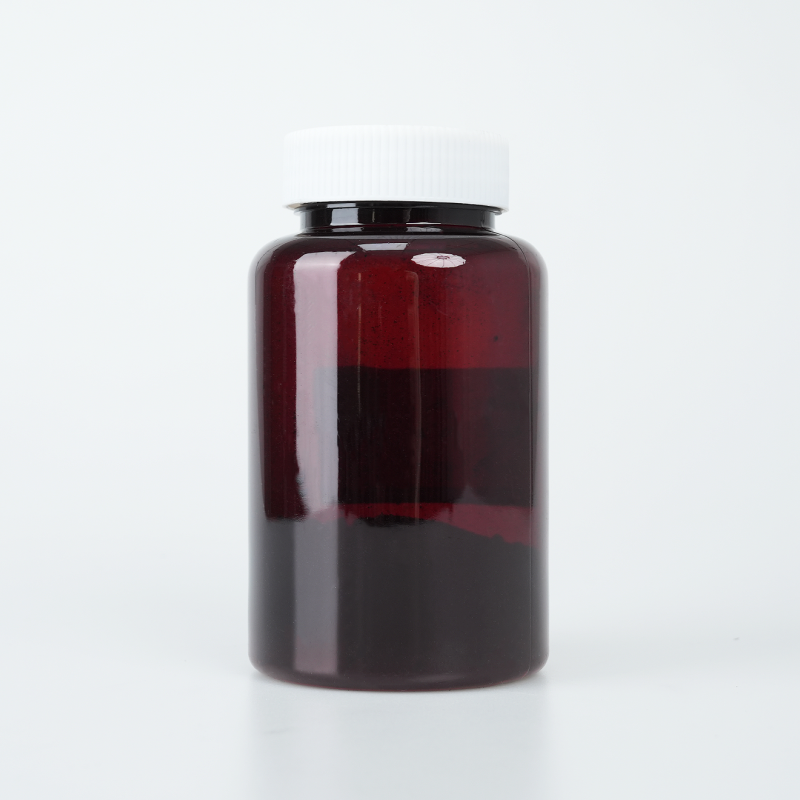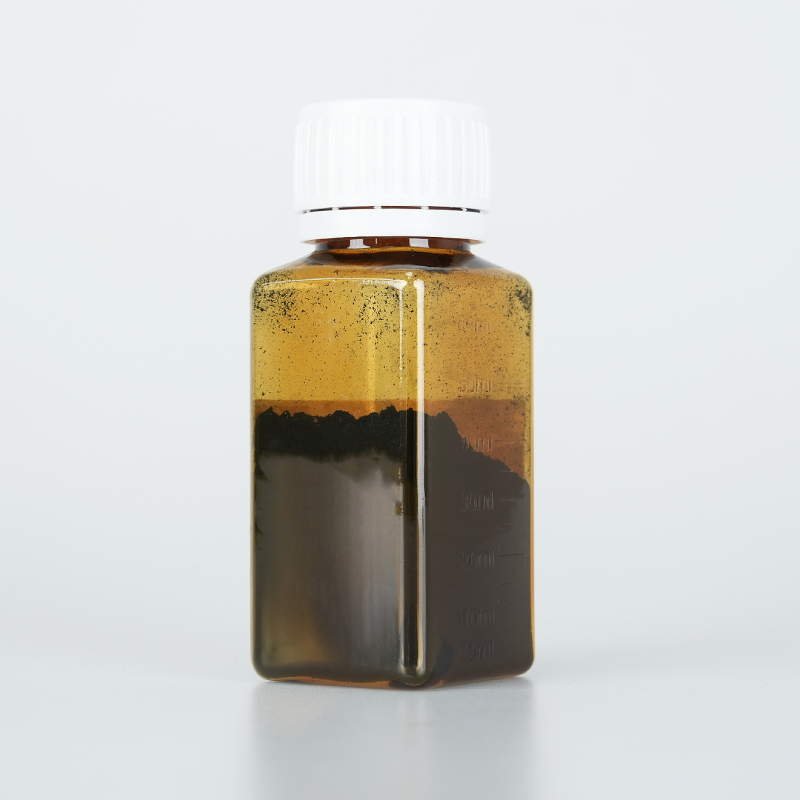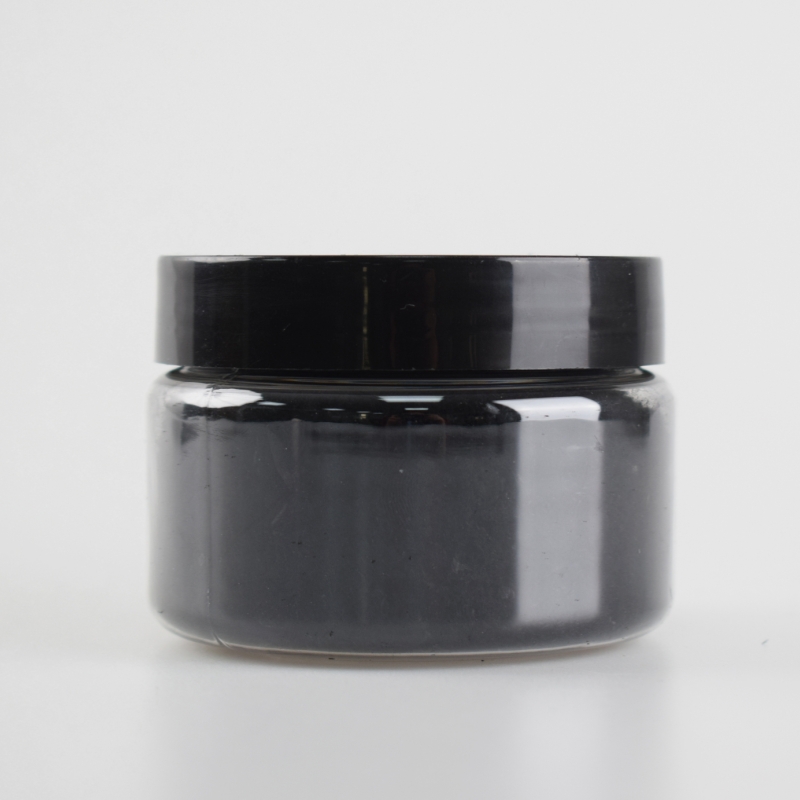Flower-like bismuth tungstate (Bi₂WO₆) provides optimized photocatalytic activity, superior structural stability, and enhanced light absorption. Designed for environmental remediation and energy conversion applications, it ensures efficient pollutant degradation, extended durability, and high adaptability.
Product Overview
Flower-like Bismuth Tungstate (Bi₂WO₆) is a photocatalytic material with a unique flower-like morphology, offering exceptional performance in environmental protection, energy conversion, and chemical catalysis. Its flower-like structure consists of ordered two-dimensional nanosheets, providing a large surface area and outstanding photocatalytic activity. Notably, it exhibits excellent degradation capabilities of organic pollutants, especially under visible light.
Key Features
- Thermal Stability: Flower-like Bismuth Tungstate remains stable at higher temperatures, making it suitable for high-temperature environments.
- Photocatalytic Activity: Under visible light, it demonstrates superior photocatalytic degradation abilities, particularly for organic pollutants like Rhodamine B and other dyes.
- Mechanical Stability: Despite its complex flower-like structure, it shows strong mechanical stability under certain conditions, making it adaptable to various operational environments.
Applications
- Photocatalysis: Flower-like Bismuth Tungstate is widely used in wastewater treatment, air purification, and other applications, effectively degrading various organic pollutants, such as Rhodamine B and Methyl Orange in dye wastewater.
- Photoelectrochemical: It can be employed in photoelectrochemical cells, sensors, and other devices, enhancing performance and efficiency.
- Catalytic Reactions: As a catalyst, Flower-like Bismuth Tungstate significantly improves reaction efficiency and yield in organic synthesis processes.
- Energy Conversion: It shows potential in energy conversion applications, such as photocatalytic water splitting for hydrogen production.
| Parameter | Description |
| State | Light yellow powder |
| Diameter | 3-9 μm |
| Pore size | ~5.5 nm |
| Surface area | ~527 m²/g |
Submit Your RequirementsWe will contact you within 24 hours.
 WOBO Scientific Research New Materials One-Stop Service Platform
WOBO Scientific Research New Materials One-Stop Service Platform











